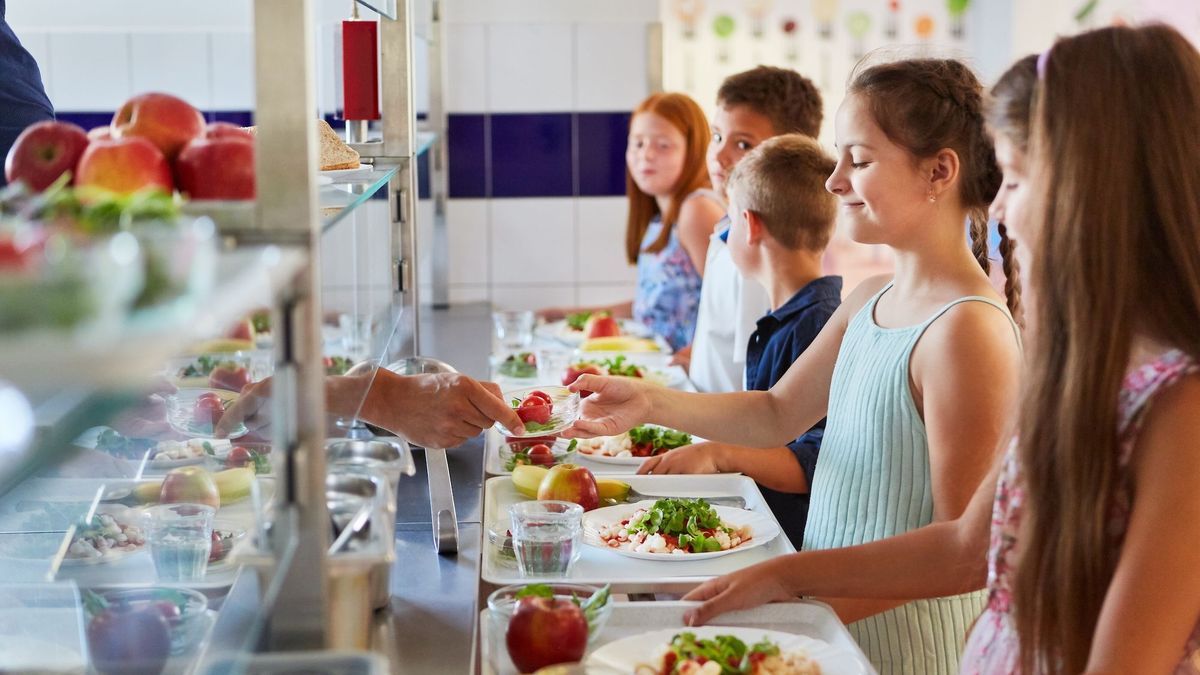
According to a Public Health Europe report, collective food poisoning infections have never been so high in Europe since 1987. But Dr Gérald Kierzek, medical director of TipsForWomens, explains to us why this should not worry us.
While the Covid period had seen a very significant drop in cases of food poisoning in communities (called Tiac), a new report from Santé Publique Europe published on February 21 indicates that in 2022, 16,763 people were affected by these foodborne infectious diseases and 17 people died from them. A recovery linked to restaurant meals, important enough to be noticed and pointed out.
A post-covid context that plays a role
This sad record comes after two years of sharp decline.most certainly linked to the implementation of physical distancing measures and the application of barrier gestures during the pandemic” the report said. The resumption of meals taken in restaurants and in communities could therefore only restart the counter upwards. But in 2022, the number of Tiac exceeded the 2019 record of 15,641 cases and 12 deaths…
Other important information, the share of poisonings is gradually changing sides: the share of Tiac following family meals has decreased from 33 to 25% while those after a meal in a restaurant have increased from 35 to 45%.
So, should we stop eating between noon and two in our favorite canteen?
More than 500 “corrective measures” applied in restaurants
What are the main risks in restaurants? ANSES, the health safety agency, specifies that these are bacterial toxins (pproduced by Staphylococcus aureus, Clostridium perfringens and Bacillus cereus) to salmonella and enteric viruses”. VSthese are considered to be the cause of toxic infection when at least two gastrointestinal symptoms appear “whose cause can be attributed to the same food origin”. The transmission of Tiac is, in the majority of cases, linked to lack of respect for hygiene rules. Public Health Europe specifies that in 2022, 591 corrective measures were taken (information/training of staff, disinfection of establishment, request for work, closure of establishment and seizure of food) following Tiacs occurring in collective or commercial catering .
More drastic rules, “but zero risk does not exist”
Consulted on the subject, Dr Gérald Kierzek, emergency physician and medical director of TipsForWomens, takes a step back on the risk.
“Yes, we see that the risk of Tiac had indeed decreased during covid and has increased since. But hygiene in restaurants and communities has greatly improved for decades. We have to look at the long-term trend in history” .
The poisonings would also be different today: “Conservation conditions are much more closely monitored. But there may be contamination flaws in the production chain. But also contaminations for example by escherichi.coli, which are present in food anyway but which will resurface in the event of poor cooking for example. Zero risk cannot exist.”
The problem above all is that today, meals are prepared in single centers for several communities. Hence a number that can quickly climb in the event of an error.
“On the other hand, cases of poisoning and botulism in family catering are decreasing, there are very few, and that’s good since these poisonings are often much more serious” reminds our expert.
What are the recommendations to avoid food poisoning?
To prevent the risk of food poisoning, the Santé Publique Europe website nevertheless reminds you of the simple actions to follow to avoid any poisoning:
- Wash your hands thoroughly with soap and water before and during meal preparation;
- Avoid preparing meals if you have symptoms of gastroenteritis;
- Clean the refrigerator immediately with detergent if food spills inside;
- Each type of food has its own cutting board: reserve one for raw meat and fish, and another for cooked products and clean vegetables. Once food is cooked, do not reuse the dishes and utensils used to transport it raw;
- Do not store food for more than 2 hours at room temperature before refrigeration;
- Do not keep catering products, ready meals, cream-based pastries, or non-prepackaged “very perishable” foods for more than 3 days, on which there is no use-by date;
- Maintain the temperature at 4°C in the coldest area of the refrigerator and check the tightness of its doors;
- Do not store infant meals and bottles of milk for more than 48 hours at 4°C; favor sterile preparations in liquid form for babies susceptible to infections.
As well as recommendations for young children, pregnant women and immunocompromised people:
- Cook the ground meat thoroughly to protect it from pathogens;
- The consumption of raw meat or fish (in tartare or carpaccio) and raw milk dairy products (with the exception of pressed cooked cheeses such as Gruyère or Comté) is strongly discouraged.
